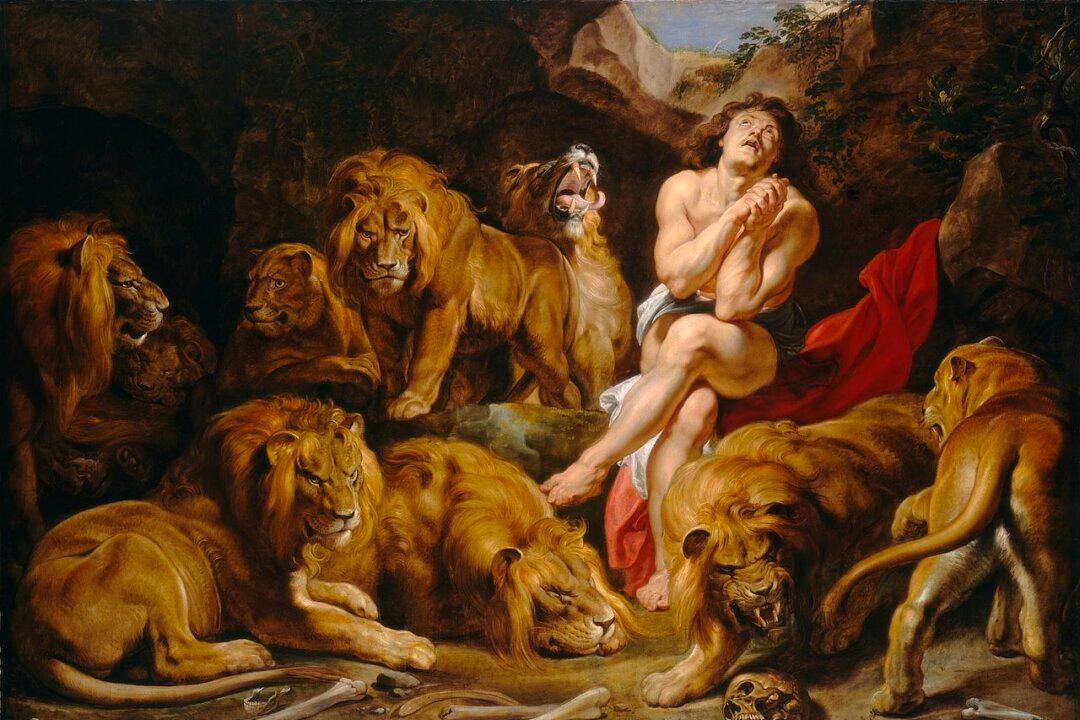Daniel was a devout Jew during the time of King Darius’s reign. Darius, the king of Persia around the sixth and fifth centuries B.C., was friendly toward the Jews and even played an important role in the rebuilding of the Temple in Jerusalem after the Babylonians destroyed it.
King Darius admired Daniel and sought to give him more power as an administrator, which inflamed the jealousy of other administrators in the area. As a result, the other administrators wanted to defame Daniel, but they could not find fault with his character.





